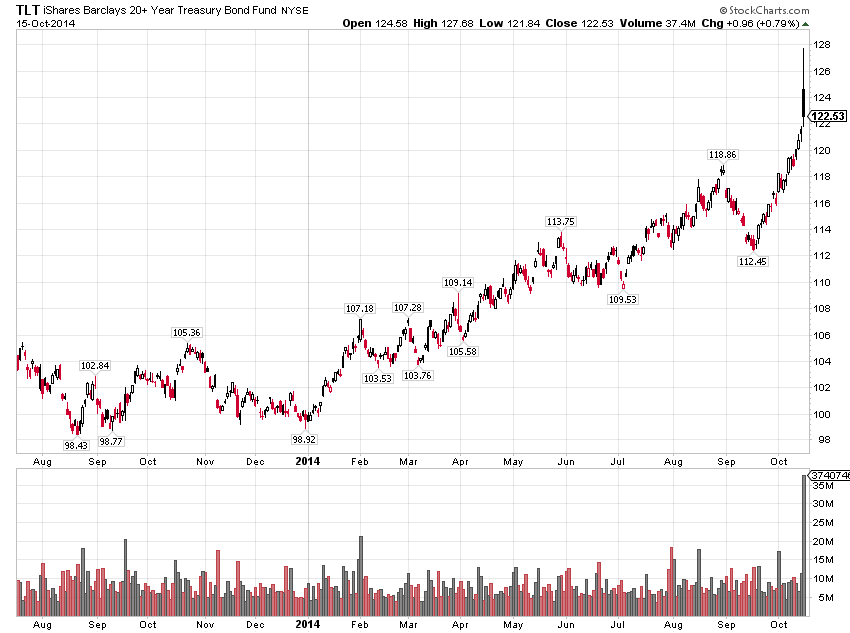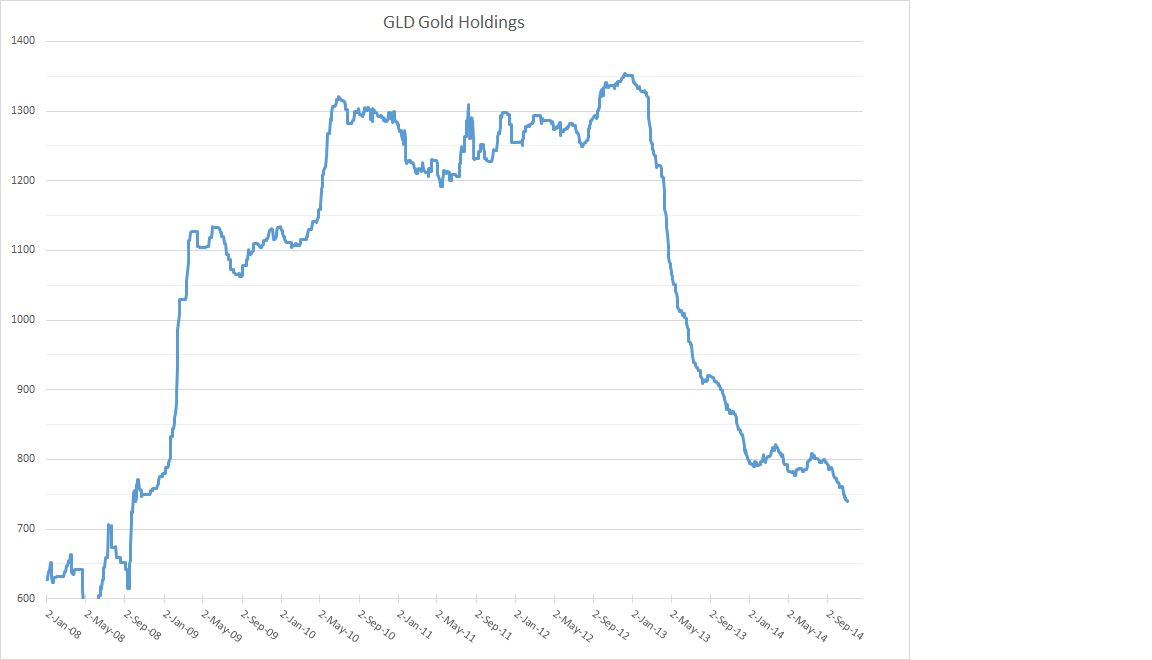In Search of Liquidity Bond PMs Turn to ETFs
Post on: 17 Апрель, 2015 No Comment

More active bond fund PMs are turning to exchange-traded funds to help solve growing liquidity challenges.
In recent months, funds offered by Franklin Templeton. Lazard Asset Management. Morgan Stanley. Manning & Napier and Forward Funds disclosed that they can use exchange-traded funds as underlying investments.
Those funds are hardly alone. From 2013 to 2014 the percentage of asset managers using domestic fixed income ETFs as an underlying investment jumped from 30% to 72%, according to a Greenwich Associates study. A big reason behind that jump appears to be ETFs’ use in liquidity management, which was cited by 69% of the 32 asset management firms responding to the study.
One of the big appeals of bond ETFs is that they are generally more liquid than the underlying bonds they hold, including in times of market stress, according to the Tabb Group. Managers are turning to them as an easy way to quickly invest inflows and also meet redemptions while not completely losing exposure to the market.
Their use comes as managers are face a liquidity challenge that can make finding the other side of a bond trade a challenge. A convergence of factors, including regulations that have limited banks’ ability to serve as market makers and chronically low interest rates that have driven corporate bond issuance to new highs, have helped contribute to the lack of liquidity in the markets.
In the second half of 2014 more than 50% of the notional trading volume in the bond markets was focused in just 8% of outstanding bonds, according to Tabb Group. More and more trading volume is isolated around new bond issues that are less than 60 days old or larger and more popular. However trading volume in the vast majority of issues, a number that Tabb puts around 96%, is anemic.
At the same time, the use of corporate bond ETFs has skyrocketed. Since 2009, assets in corporate bond ETFs have jumped by more than $90 billion while the overall number of bond ETFs has jumped from 62 in 2008 to 260, according to Tabb Group, which recently issued a study looking at the growing use of ETFs by institutional investors titled “Bond ETF Entropy: Bringing Order to the Cash Bond Chaos.”
And the Manning & Napier Core Plus Bond Series fund will become, effective May 1, the Unconstrained Bond Series fund. As part of that change the fund will invest in bonds and “other financial instruments, principally derivative instruments and exchange-traded funds (ETFs), with economic characteristics similar to bonds,” according to the regulatory filing.
Tabb’s study found that on average, the vast majority of trading takes place within an ETF without the need for the fund to place creation or redemption orders. The ratio of dollars traded within the ETF versus dollars flowing in or out of the fund via creations and redemptions was 8:1, according to the study. Those ratios hold up even during times of market stress, according to Tabb, which suggests that ETF trading volume is substantial enough without the need to use the creation or redemption process, thereby avoiding the illiquidity of the underlying market.

That is true of an ETF once it reaches a certain threshold in terms of overall size, according to Colby Jenkins, an analyst in Tabb’s fixed income research group. To highlight ETFs’ ability to transact almost entirely on the secondary markets, the study points out that the iShares High Yield Corporate Bond ETF traded over a $250 million in shares last Veteran’s Day, a day in which equity markets remained open, but the bond market was closed.
To that end, the bid-offer spreads of bond ETFs tend to be much narrower in comparison to their underlying bonds. The study found that in 2014 the average bid-offer spread in the bonds underlying the iShares High Yield Corporate Bond ETF was 50 basis points compared to just a single basis point for the ETF itself. ETFs narrow spreads help keep transaction costs low and also serve to provide a reliable and stable way to get a price, and to trade compared to holding the underlying holdings.
Another benefit is the transference of liquidity risk to the ETF. The Tabb study says that one strategy that has become increasingly popular among asset managers is to hold a 5-10% position in a corporate bond ETF as a means of providing liquidity. If a large redemption comes in to the fund, the manager can immediately sell the position in the ETF. Conversely, it also allows a manager to invest a sudden influx of assets immediately, buying them time to find and research single issues.
Another strategy the Tabb study suggests is for bond PMs to use bond ETFs as a means of providing beta exposure while using a smaller (and more manageable) basket of single-issue bonds to generate the alpha in the portfolio.
While institutional investors’ adoption of bond ETFs has been a relatively recent phenomenon, some believe it will gather steam. Another study conducted by Greenwich Associates and BlackRock in 2013 explored the changes to portfolios in anticipation of future interest rate hikes. That study found that users of fixed-income ETFs expected to increase usage as portfolios shortened their duration and sought new sources of yield.














